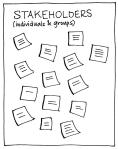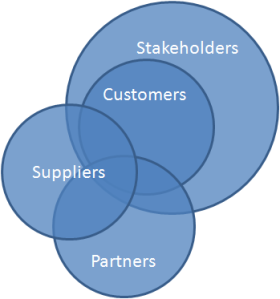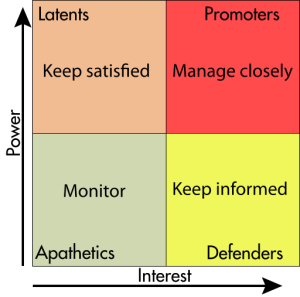Train your leaders first to change the culture
Oftentimes we get leadership support to an initiative to change the culture, but they don’t have the actual skills to implement the changes they’re supporting. Before you can expect your front-line employees to live a culture of continuous improvement, you have to develop your leaders, managers, and professionals. Everything we’ve discussed over the past six blogs have built to this. See how building a culture of continuous improvement starts with developing leadership and professionals.

 The first step in change management is to define the “burning platform.” If you’re waiting for the platform to catch fire, you’re too late.
The first step in change management is to define the “burning platform.” If you’re waiting for the platform to catch fire, you’re too late.



